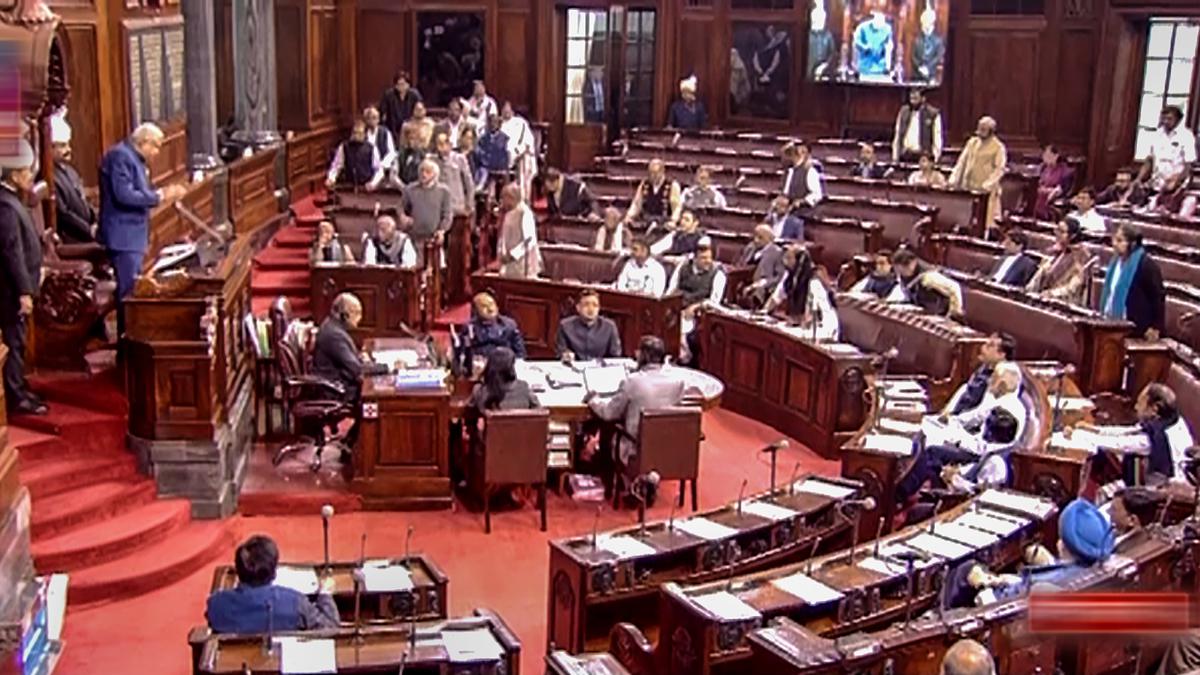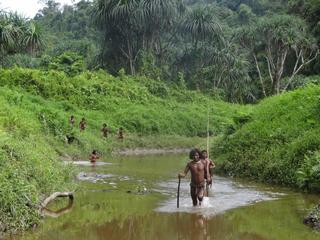The Union government’s ambitious 72,000-crore Great Nicobar Project is facing environmental scrutiny, as the number of trees slated to be cut has been raised to 9.64 lakh, up from the earlier predicted 8.5 lakh.
What is GNI Project?
- The GNI Project is an abbreviation for the “Holistic Development of Great Nicobar Island,” which is a proposed megaproject being piloted by NITI Aayog.
- The project aims to develop the southern end of the Andaman and Nicobar Islands in the Bay of Bengal by building a transhipment port, a dual-use military-civil international airport, a power plant, and a township over a 30-year period on more than 160 square kilometres of land, 130 square kilometres of which is primary forest.
Features of the East Project Transshipment Hub:
- By becoming a key player in cargo transhipment, the projected port will enable Great Nicobar to participate in the regional and global maritime economies.
- The port would be administered by the Indian Navy, while the airport will provide dual military-civilian functions as well as tourism.
- Roads, public transit, water supply, and waste management facilities, as well as multiple hotels, have been planned to cater to tourists.
The Importance of the Project
- The GNP Project is economically and strategically significant:
- Economic Importance: It establishes Great Nicobar as an East transhipment hub, strategically placed along the East-West international maritime corridor. This has the potential to increase income and position India as a major player in cargo transportation.
- Strategic Importance: The development of Great Nicobar has been deemed critical for national security and strengthening India’s position in the Indian Ocean region. The project functions as an oceanic outpost, addressing worries about China’s expanding influence in the Indian Ocean.
Problems and Concerns
- Harm to Biodiversity: The project’s development, township construction, and influx of people may result in habitat damage and degradation, posing a harm to various island species.
- Displacement of Indigenous Tribes: The project has the potential to relocate two isolated and indigenous tribes, the Shompen and the Nicobaris, endangering their way of life and cultural legacy.
- The impact of deforestation on the island’s ecology and biodiversity is estimated to be 9.64 lakh trees cut down in prehistoric rainforests.
- Concerns have been made concerning the rapidity with which approvals were obtained, as well as the adequacy of environmental and social impact evaluations.
- Fragile Topography: The region’s geological volatility and disaster vulnerability add to the difficulties, especially given the impact of the 2004 Tsunami on indigenous populations.
Significant Concerns
- Estimated Tree Felling: Ashwini Kumar Choubey, Minister of State for Environment, revealed that around 9.64 lakh trees may need to be taken down for the development of the Great Nicobar Project. However, there is a chance that the real number of trees fallen will be less.
- Consequences for the Environment: The Great Nicobar Island forest designated for development is an evergreen tropical forest with remarkable ecological variety, home to about 650 species of flora and 330 species of fauna.
- Compensatory Afforestation: To compensate for the tree felling, the government aims to plant trees in Haryana. The state has agreed to offer 261.5 square kilometres for this purpose.
- Tribal issues: The island administration failed to provide local tribespeople forest land ownership as required by the Forest Conservation Rules, 2017, generating questions regarding consent and rights recognition.
- Inconsistencies with Stage-I Clearance: The project’s approval process was delayed, and claims over forest land under the FRA were not appropriately processed.
Source: https://www.thehindu.com/sci-tech/energy-and-environment/great-nicobar-project-may-see-964-lakh-trees-axed-says-minister/article67154281.ece#:~:text=%E2%80%9CThe%20estimated%20number%20of%20trees,be%20less%20than%209.64%20lakh.




)




